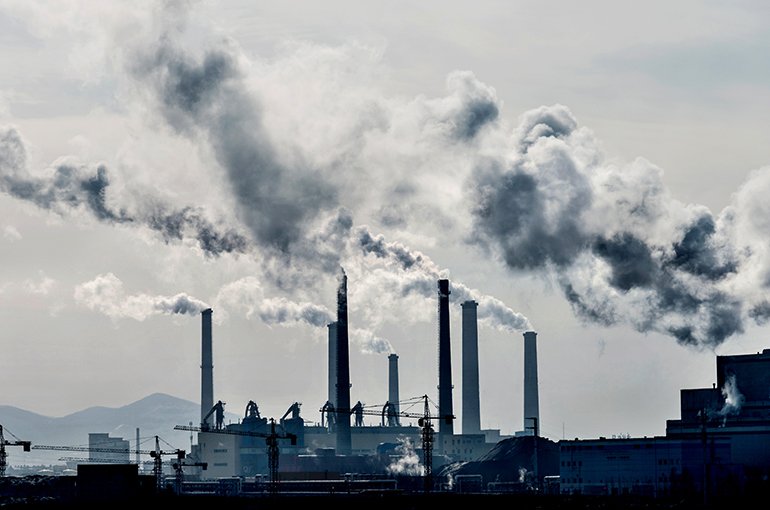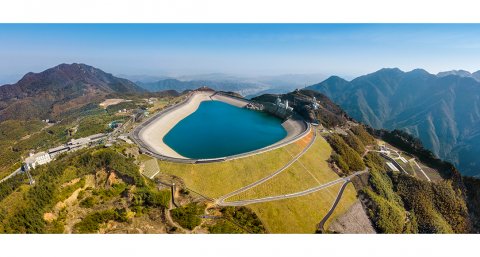China's plans to combat climate change

At the end of September 2020, Chinese President Xi Jinping announced that China would try "to have CO2 emissions peak before 2030 and achieve carbon neutrality before 2060". Dr Fergus Green (Philosophy and Religious Studies) reflects on these plans in a piece for East Asia Forum.

Meeting the goals
China’s emissions comprise more than a quarter of the global total, so its plans are of unparalleled importance to global climate change mitigation efforts. Yet, it would still not be enough considering the global trajectory needed to restrict global average temperature increases to within 1.5 degrees Celsius above preindustrial levels — the more ambitious of the Paris Agreement’s numerous objectives.

Credibility
All of this assumes China’s goal will be implemented, raising an important question of credibility. Achieving net-zero carbon emissions by 2060 would bring local economic and social benefits to China, but it certainly requires an enormous transformation. At a minimum, it would mean all but completely phasing out fossil fuel energy in power generation, transport, buildings and industry. Considerable changes in land use will also be needed to suck more CO2 out of the atmosphere.
Achieving this material and socio-economic transformation would require major changes in governance, planning, policy, investment and organisational practice at multiple levels.
The greatest challenge
Achieving this material and socio-economic transformation would require major changes in governance, planning, policy, investment and organisational practice at multiple levels. Here lies the greatest challenge, for China’s political economy is dominated by vested interests and riddled with perverse incentives for unsustainable production. These and other factors make analysts understandably cautious about the significance of the 2060 target.
(Inter)national impact
The forthcoming five-year plan for 2021–25 will indicate just how committed the central leadership is to urgent climate action. Xi’s announcement was also clearly intended to have an international effect. It was widely seen as an assertion of global climate leadership at a time when the United States has abandoned the field. Both in China and abroad, the decisions made in the coming months will shape the meaning and significance of Xi’s announcement.


